10 adoring images of the male physique taken before gay sex was legalised that exude gay energy
Taken from the 'A Hard Man Is Good to Find!' exhibit (what a title!) at the Photographers' Gallery. (Not entirely SFW)
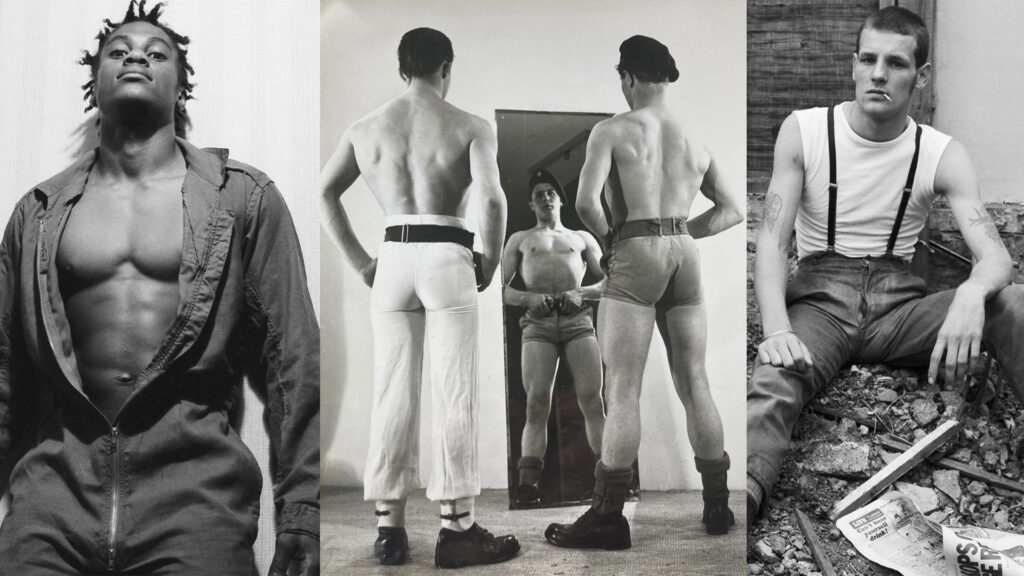
A new photography exhibit exploring the depiction of men through modern history is coming to The Photographers’ Gallery In London.
A Hard Man is Good to Find!, comprised of moody and often surprisingly homoerotic nude and semi-nude black and white stills, runs from 3 March-11 June 2023.
Most of the 100 photos span the last 60 years, with some imagery even dating back to the 1930s.
Among the pictures is a shot of guys catching some rays at Highgate Men’s Pond, and headshots of male models from the 1970s.
“A clandestine visual culture emerged”
Homosexuality was partially decriminalised under the 1967 Sexual Offences Act.
However, as noted by a rep for the Photographers’ Gallery, “any depiction of male nudity which suggested homosexuality remained subject to the 1857 Obscene Publications Act, which made making or distributing such images a criminal offence.”
“A clandestine visual culture emerged, regulated by laws which enforced homosexuality as invisible,” the rep also said. “In turn, it directly fed the defiant, overt visuality of gay men’s bodies that emerged in the post-war period.”
They furthermore added: “The tension between invisibility and visibility was negotiated through ideas about the male body drawn from art, physical culturists, and pornography – both home-grown and imported.”
An extract from curator Alistair O Neill’s curatorial text provided to Attitude states: “Whilst this is an exhibition of queer pictures, it is important to note that not all the photographers or models can be claimed as queer subjects. It also acknowledges that language evolves and while queer is employed today for its inclusivity, the reclaiming of the derogatory term can sit uneasily for the generation subjected to it; the term homosexual can be similarly problematic for a younger generation. As a number of the works are historical documents, it has not been possible to identify all individuals represented in the exhibition. We welcome any amendments or additions.”
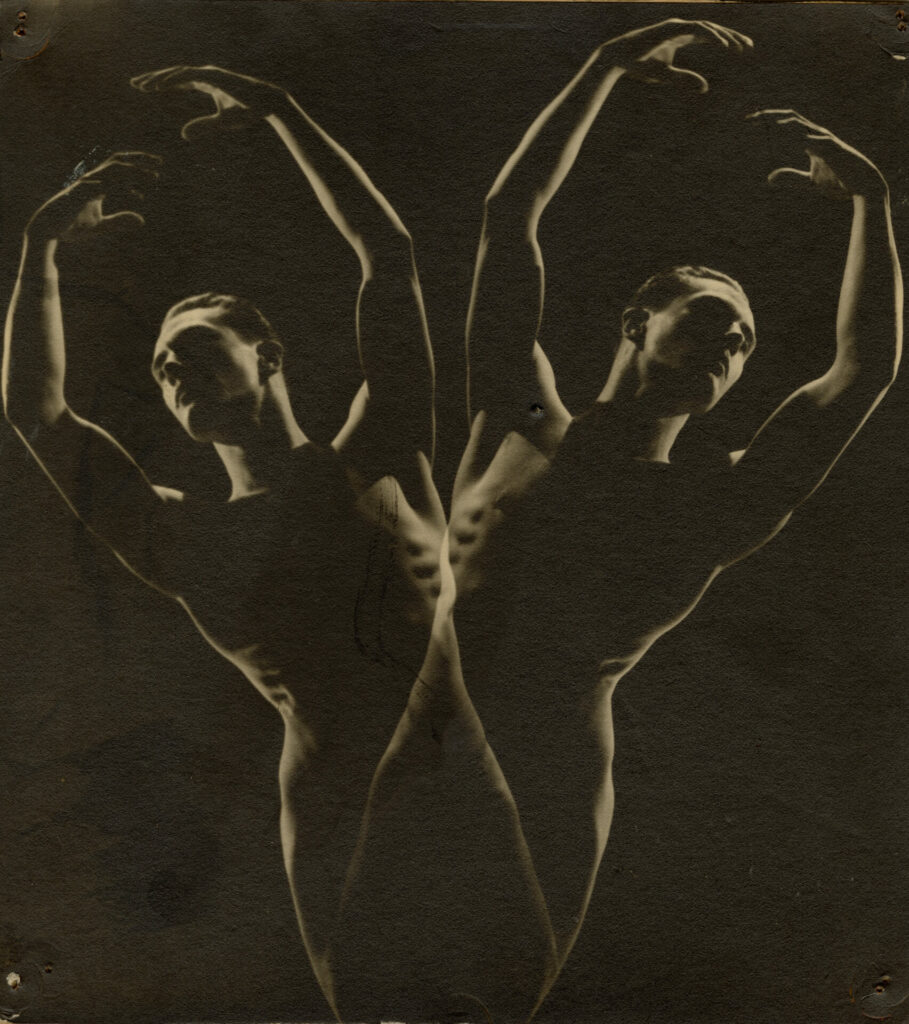
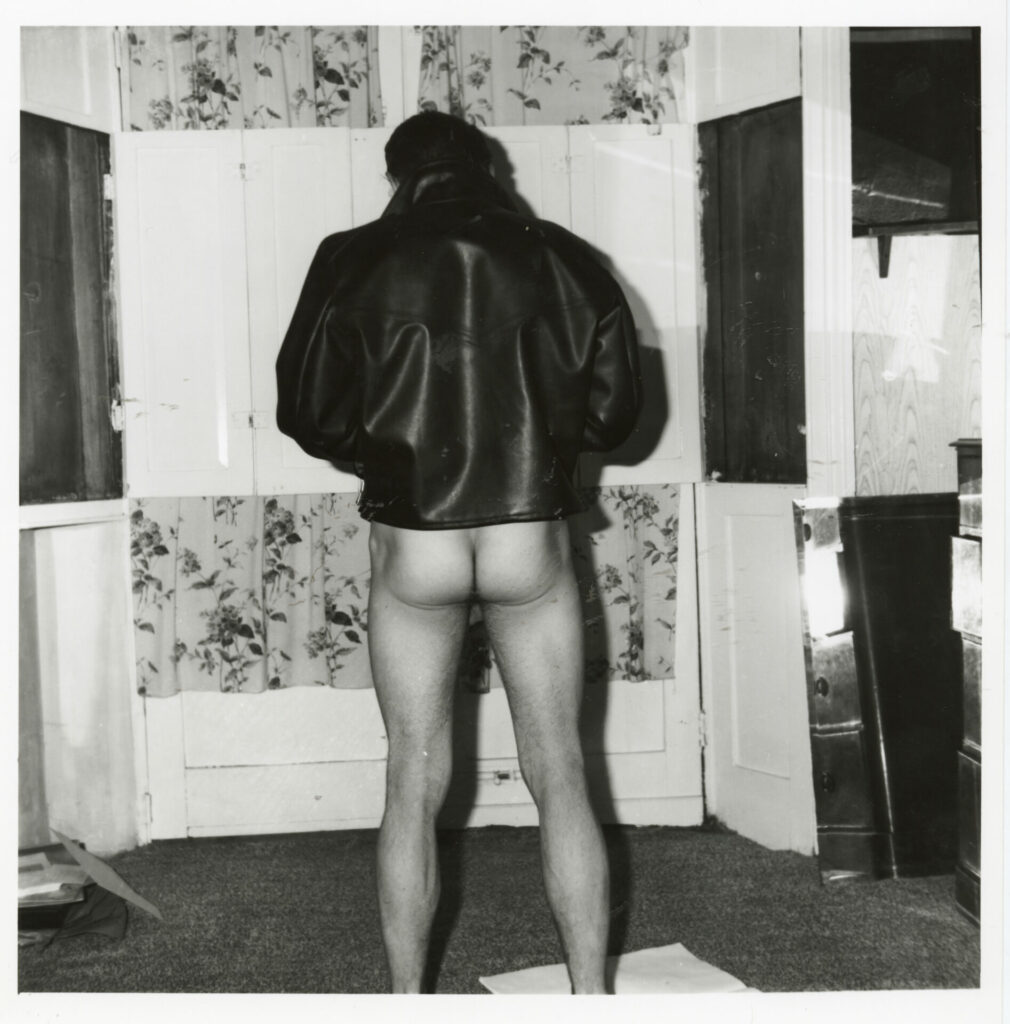
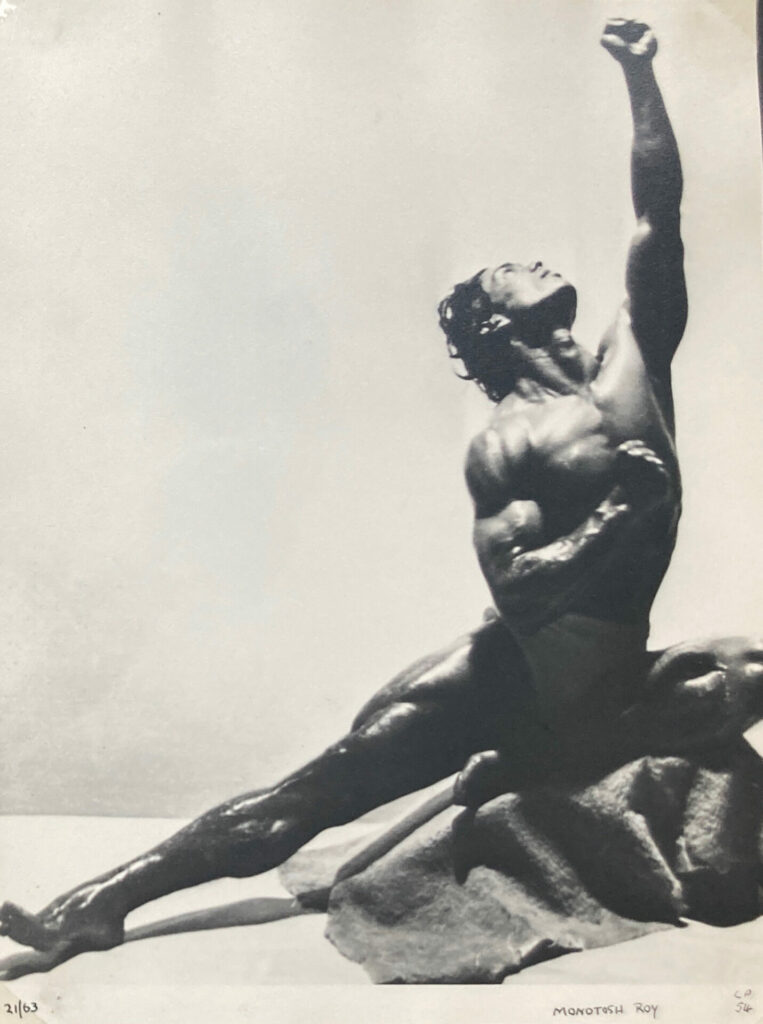
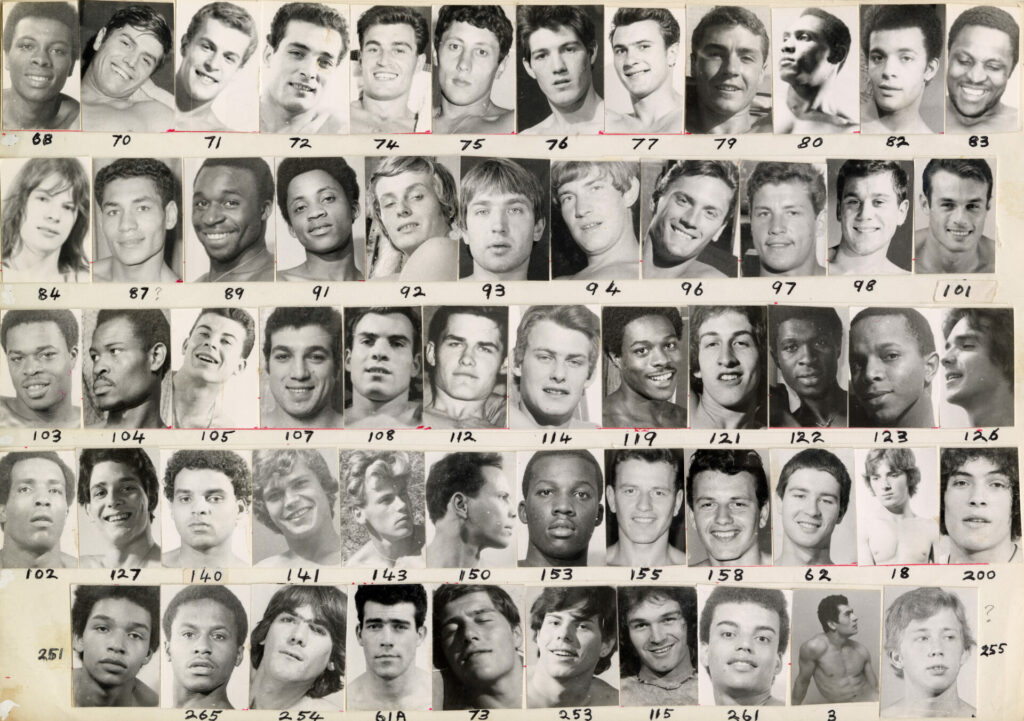
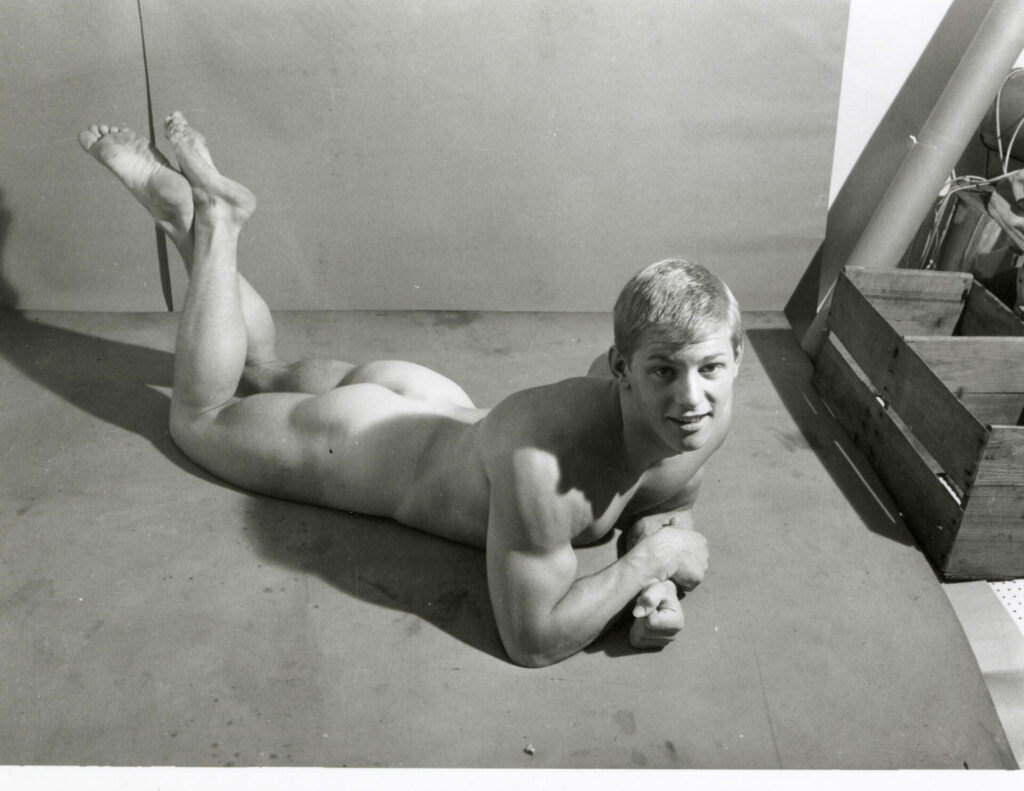
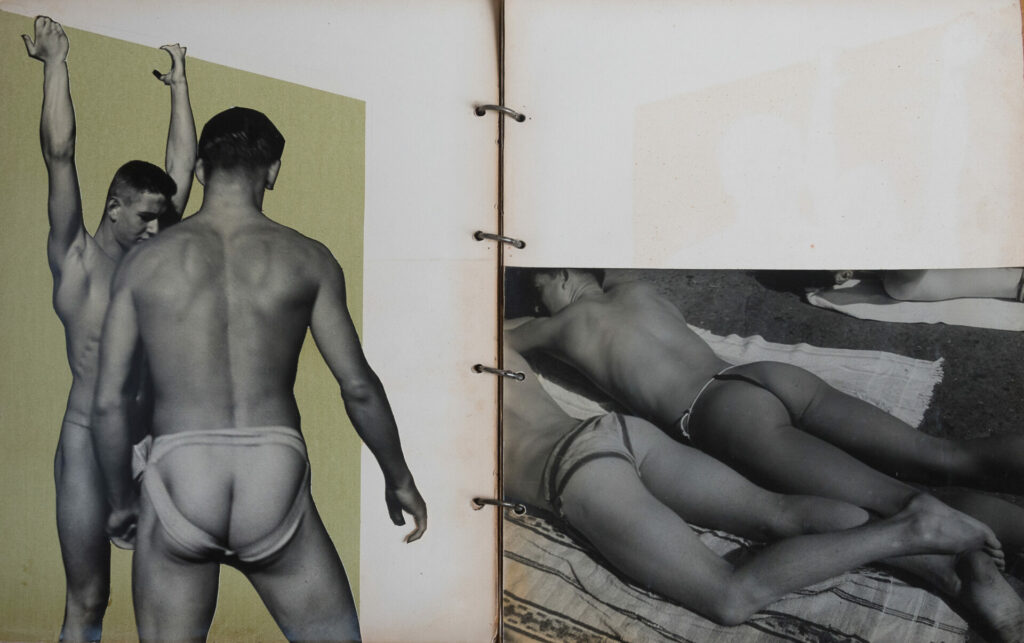
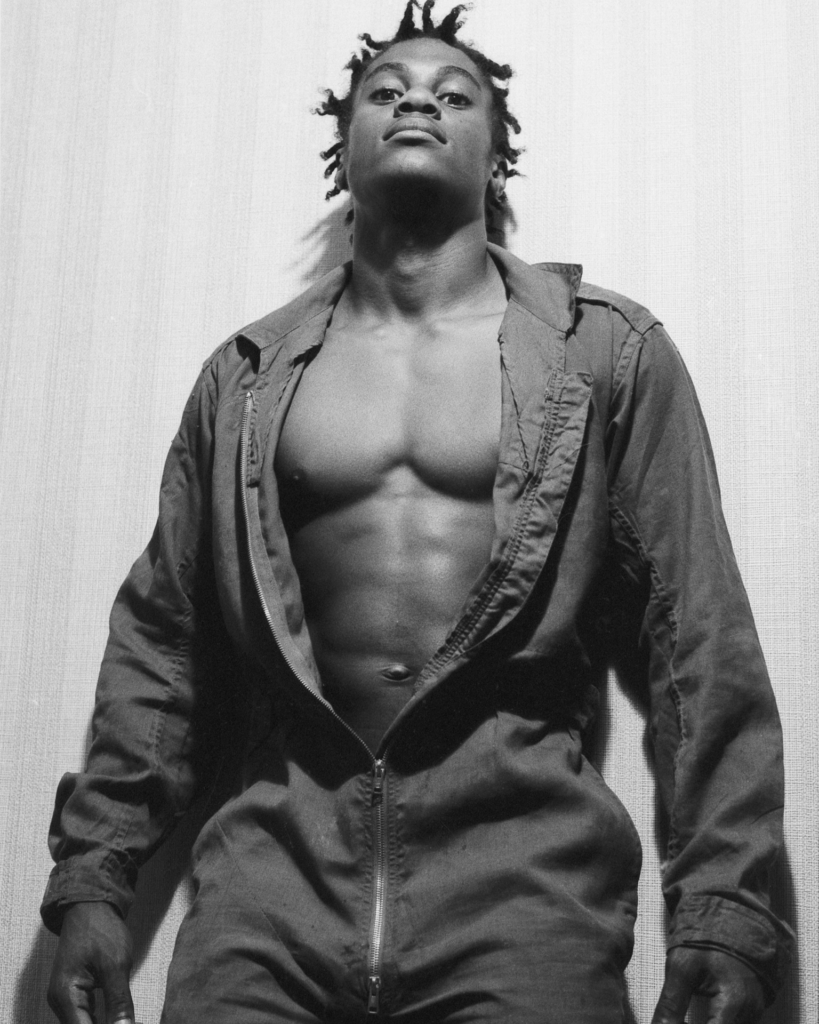
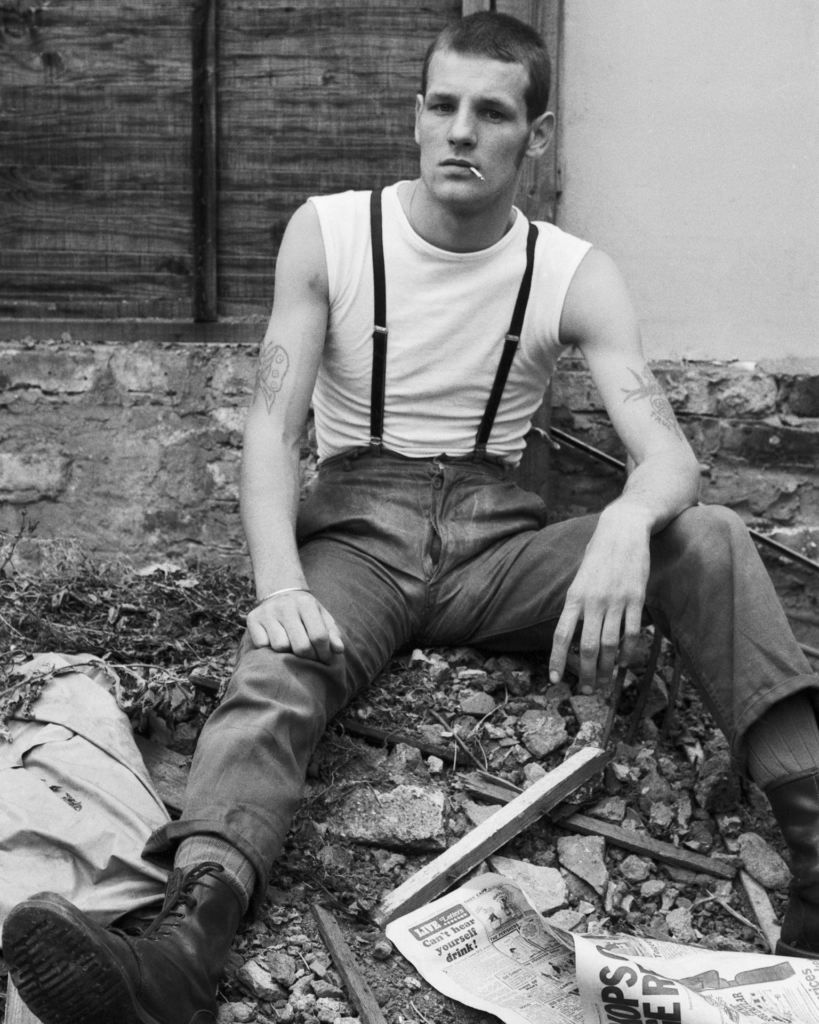
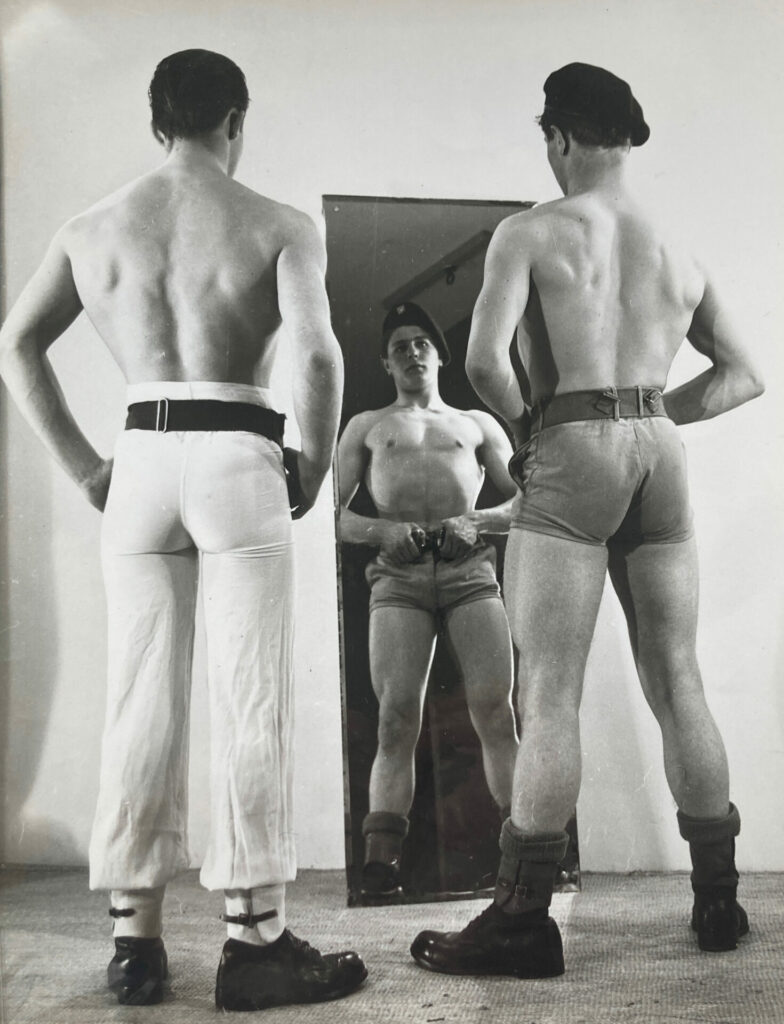
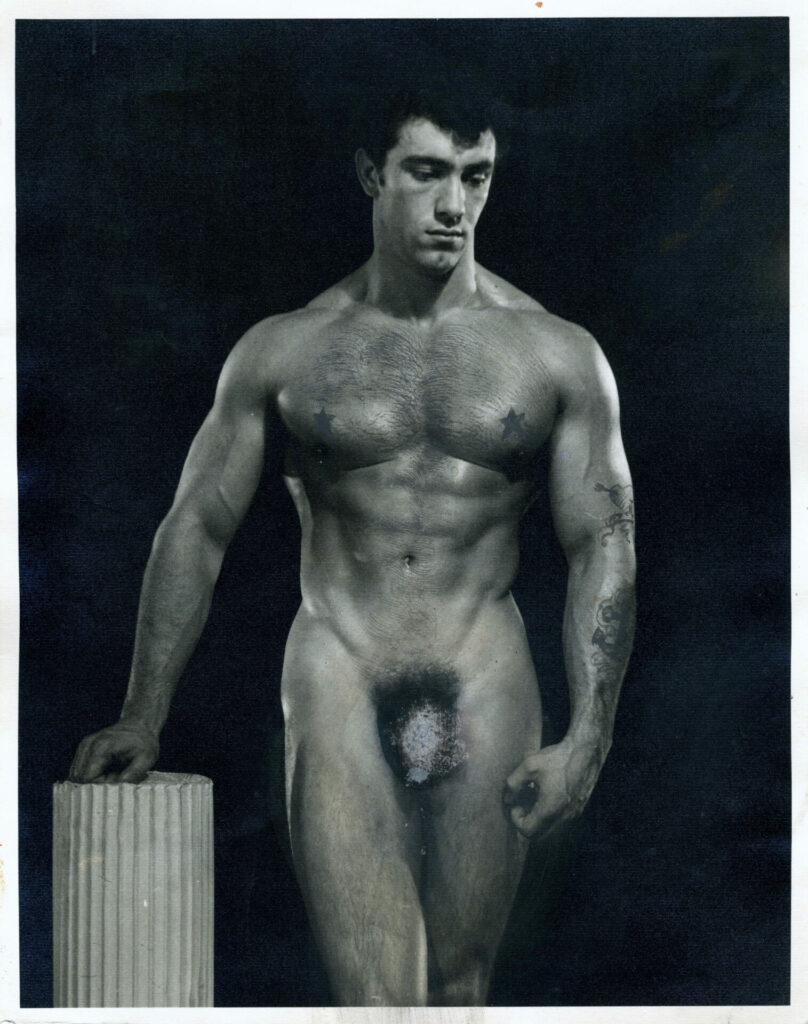
For more information about A Hard Man is Good to Find!, click here.
